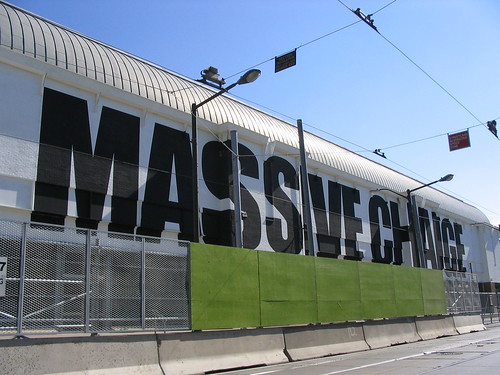 As part of every induction session (usually the part we don’t get to because we fall behind in the script) we are supposed to read a journal article loosely based on the session topic.
As part of every induction session (usually the part we don’t get to because we fall behind in the script) we are supposed to read a journal article loosely based on the session topic.
The first session’s article dealt with the cycle of a first-year teacher. Nevermind the fact we’re none of us first-year teachers.
It used the graphic to the right.
I’m worried.
Chris blogged the other day, “Too often, the rhetoric of schools does delve into the heroic martyr teacher succeeding against all odds. That’s not sustainable. That’s not even useful.”
Let me be clear, I do not want to be a martyr – that never ends well. I can’t say I even want to be a hero – tights chafe.
I worry as I read this and this and this that teachers around the country are getting stuck somewhere in winter. Teachers are hitting the wall.
Something noble still exists in teaching.
Dana Huff writes:
The tale end of her description falls nicely in line with what Chris has to say about ex-teachers: Those teachers felt overworked, under-prepared, under-challenged, and under-appreciated.”
These teachers live in November. They teach daily in a long, cold winter of disillusionment after a gray, dreary autumn of survival.
Seeing this, watching it happen to teachers I know, I wonder why I’m still here. What’s wrong with me that I still look forward to coming to school everyday?
I’ve yet to teach in a perfect school. I never will. I’ve yet to teach in a school where I couldn’t fall in love with my job. I never will.
When it comes down to it, I come to school everyday because I’ve made certain I work in places I love. I always will. As cliche as it sounds, I live by choice.
I exercise control in what I have control over. That makes the horrible days – the really horrible days – when the things beyond my control take center stage still livable.
When did teachers abdicate control?
More later.



 in and comment on
in and comment on 
 My tenth graders created podcasts in the vein of
My tenth graders created podcasts in the vein of